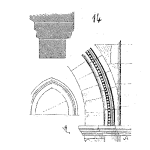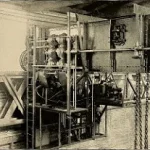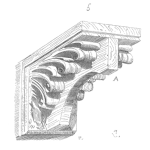
Introduction
An extended warranty is a prolonged warranty offered to consumers in addition to the standard and generally free manufacturer’s warranty on new items. It is also referred to as a service agreement or service contract, providing coverage for repairs or replacements after the manufacturer’s warranty expires. Extended warranties may be offered by the warranty administrator, retailer, or manufacturer, and they often come at an additional cost. Sometimes significantly in relation to the item’s base price.
The basis of this article is: should you consider buying extended warranty? What are the pernicious calculations it hides? It is often alleged that extended warranty is a ploy to extract more funds from a customer. Whilst this article does not question the honesty of the vendors of extended warranty, it demonstrates how warranty is calculated and that’s where the “devil” might lurk.
[Read more…]













 Ask a question or send along a comment.
Please login to view and use the contact form.
Ask a question or send along a comment.
Please login to view and use the contact form.